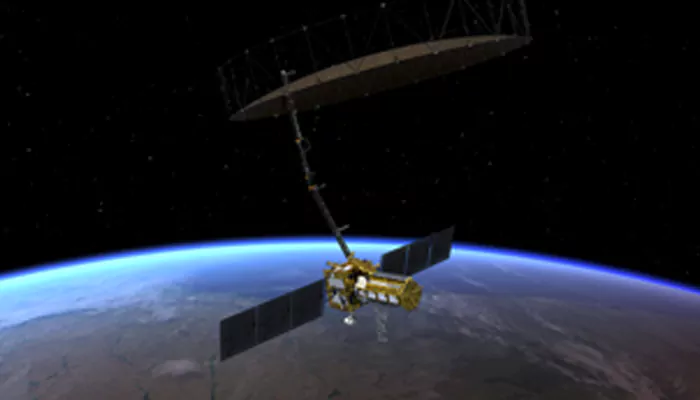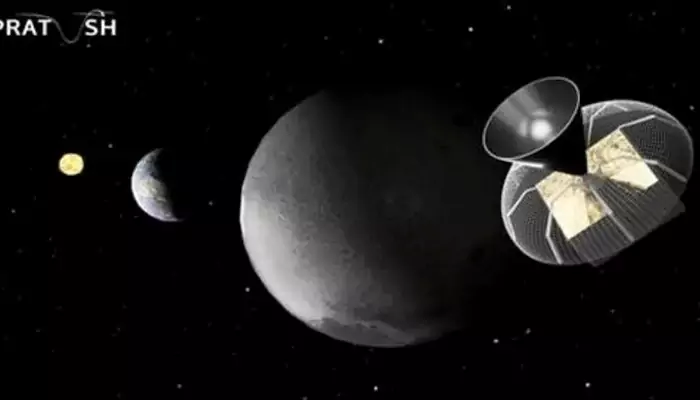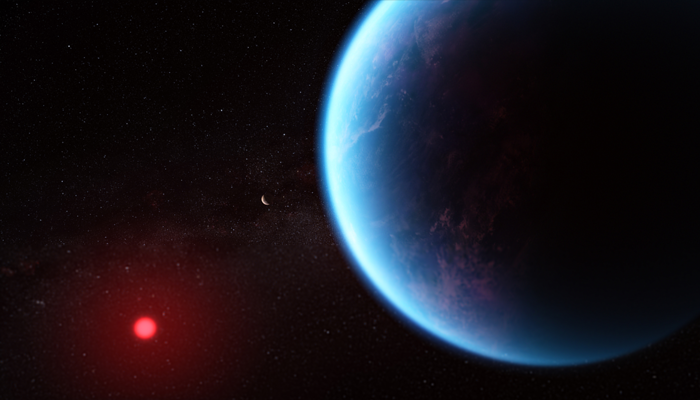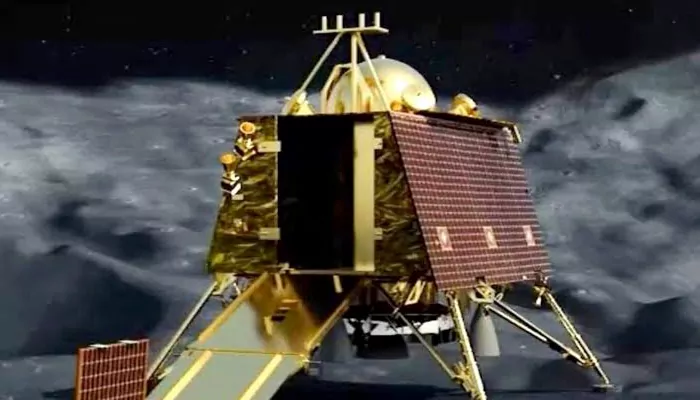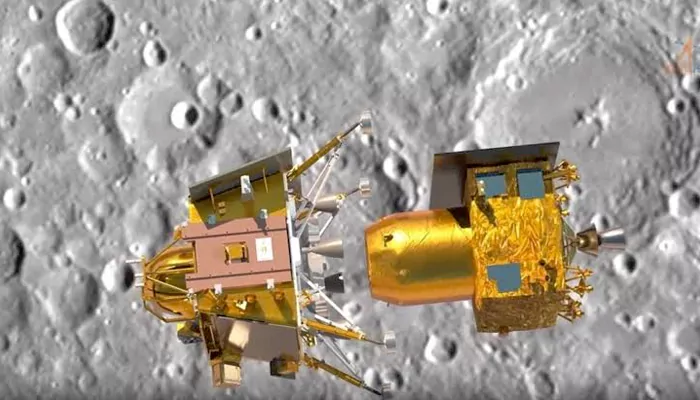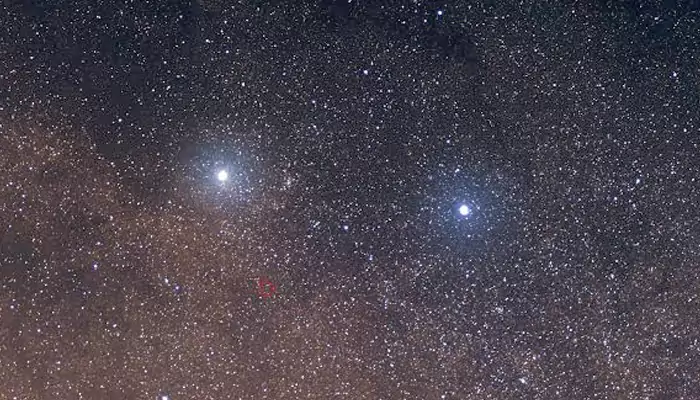
Here are today’s most important updates from the realm of Science and Space.
Echoes of the Abyss: Scientists Solve the 10-Year Puzzle of Mariana Trench Noises
The odd "biotwang" noises in Mariana Trench have puzzled scientists over a decade. During an accoustic survey in world's deepest ocean trench, Mariana Trench spanning over 1,500 miles, the peculiar sound was detected for the first time in 2014. This biotwang sound has two distinct parts: a low, grumbly sound followed by a high-pitched, metallic ringing. However, the mystery is solved now. Scientists detected it’s the whale calls from Bryde's whales (Balaenoptera edeni). “The whales may use the calls to locate one another like a giant game of Marco Polo,” researchers mentioned. The mystery was solved with the help of modern Artificial Intelligence tools used in the research.
From Desert to Life: How Saharan Dust Nurtures Life Across Oceans

A new research revealed that dust from the Sahara Desert provides iron, an essential micronutrient to marine organisms as it travels across the Atlantic Ocean. Many parts of the world's ocean face scarcity of iron, which helps in photosynthesis and DNA synthesis. The Florida State University researchers detected atmospheric chemical processes converting less accessible forms of iron into more biologically available ones during transport. The longer Saharan dust travels, the more bioreactive its iron content becomes, revealed the study.
This research provides valuable insights about global climate patterns and oceanic ecosystems.
Brace for Impact: Antarctica's Doomsday Glacier Inches Toward Disaster
Antarctica's Thwaites glacier, also known as the "Doomsday Glacier" (2 feet rise in sea level rise it it completely collapses)
— GO GREEN (@ECOWARRIORSS) March 2, 2023
is in serious trouble and so are we
Its ice shelf is disintegrating before our very eyes
Even more sensitive to warming https://t.co/5yhpAFuM5x pic.twitter.com/jwisTH1NNR
Credit - X/@ECOWARRIORSS
A six-year investigation into the vast Thwaites or “doomsday glacier” in Antarctica has projected a grim outlook on its future. Due to locational disadvantage, the area is inaccessible for research. However, International Thwaites Glacier Collaboration (ITGC), a joint UK-US research programme using planes, ships and underwater robots revealed the extent of climate change and shocking future. The huge mass of ice is comparable in size to Britain or Florida which can lead to devastating consequences. As Thwaites acts like a cork to Antarctic ice sheet, a collapse can lead to a sea level rise of 10 feet.
Out-of-the-Box Science: Coral Reefs to Get a Lifesaving Makeover

The marine researchers are trying to restore coral reefs and make them more resilient amidst rising risks of climate change. Due to rise in sea surface temperature, a major portion of global coral reefs are facing heat-related stress. To combat this coral bleaching across the globe, scientists took an unconventional route. A National Oceanic and Atmospheric Administration’s Coral Reef Watch Program research team installed suspended homes for baby Diadema antillarum, a long-spined sea urchin, which can help coral’s rejuvenation by reducing harmful algae. By looking at the success in pilot study, the team is planning to embark on a broader scale research.


